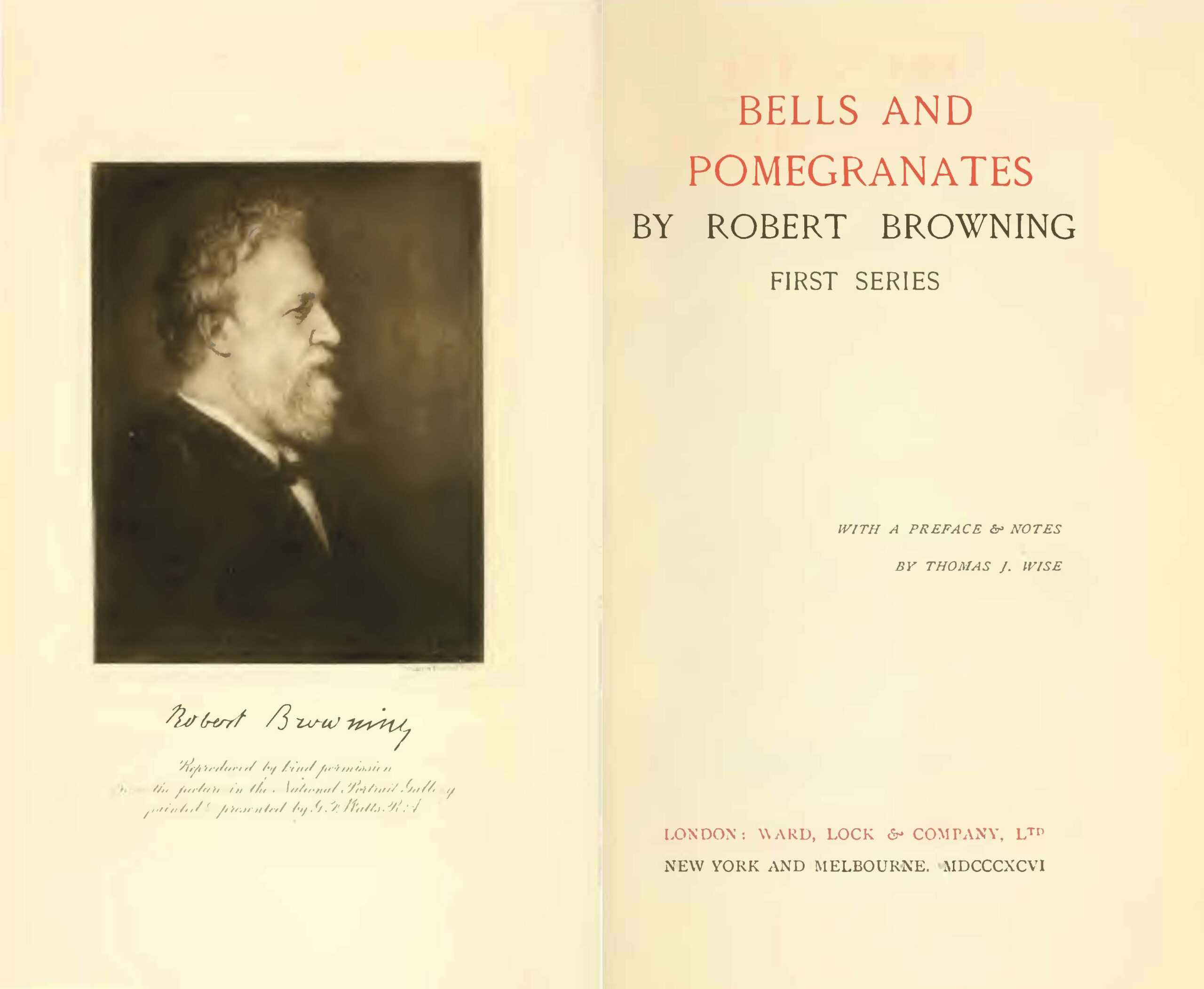The Poet as High Priest


Robert Browning, the Victorian poet, puzzled many of his readers when he called one of his collections Bells and Pomegranates. The issue wasn’t that he invoked a biblical type; many poets preceding him had seen themselves in prophetic terms. They were heroic figures whose imaginative powers could transform the world; they spoke truths to inspire others and change society. But what did the design on the hem of the priestly garment (Exod. 28:33-35) have to do with poetry? The poet as High Priest, a figure associated with rules and ritual rather than creativity and imagination, seemed counterintuitive.
The key to Browning’s meaning can be found in the bells’ function. One interpretation is that the bells were worn to ward off evil spirits that might impede the process of atonement. Another is that the sound of the bells could attract God’s attention as the High Priest approached the Holy of Holies, drawing the divine closer. A third is that those around him would hear the bells and be reminded, albeit in a sweet and gentle way, of God’s presence and what God asks of them (see Sir James Frazer’s Folklore in the Old Testament: Studies in Comparative Religion, Legend, and Law). Taken together, all three explanations highlight the priest’s role serving Israel from within the community. The biblical prophet typically stands in an antagonistic relationship to the people, haranguing Israel to accept God’s truth; but the High Priest is Israel’s representative before God. Browning’s priestly poet serves society in terms that they can hear. Truth is not his alone; it is something that everyone already knows but needs to be reminded how to access. It is the poet’s unique calling to generate that awareness and recognition.



